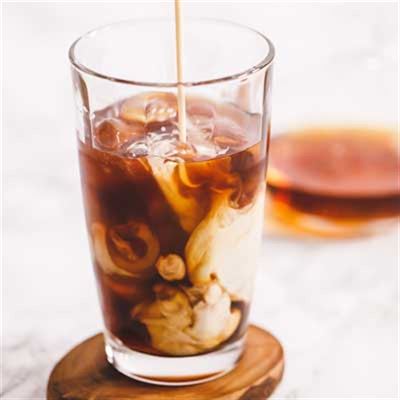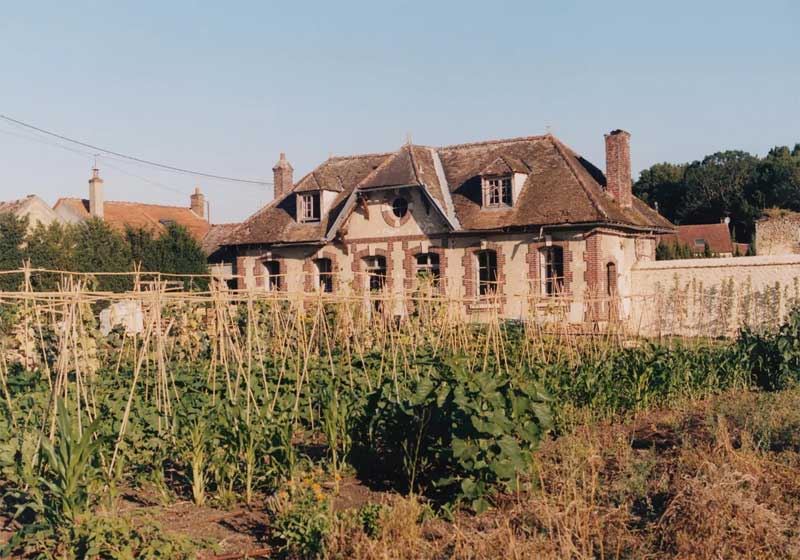
Mahshi Warak Enab (Stuffed Vine Leaves) - Recipe by Karima Hazim Chatila & Sivine Tabbouch
6
Ingredients
750 g fresh or preserved vine leaves
2 whole lamb necks; ask the butcher to cut them into thirds
2 lamb shanks; ask the butcher to cut them into thirds
4 bay leaves
1 stick of cinnamon
1 Tbs Sabaa Bharat (page 20)
Juice of 5–6 lemons
For the stuffing:
500 g coarse minced (ground) lamb
720 g (4 cups) medium-grain rice
Sea salt, to taste
1 tsp Sabaa Bharat (page 20)
Method
To prevent breakage when cooking, you need to be able to roll the leaf twice before tucking the sides in; this keeps the leaves and rice intact. Most importantly, the stuffed leaves need to be weighed down to avoid them floating.
To make the stuffing, combine the mince, rice, salt and bharat in a mixing bowl, using your hands to ensure the meat and rice mixture are well combined and seasoned. Taste a little on the tip of your tongue – it should not be bland.
At a table or kitchen bench, have all the ingredients within arm’s reach. Spread out the vine leaves on a plate or tray, put the stuffing in a bowl and have ready a clean chopping board to hold each leaf down while you stuff it so it doesn’t slide around. I also keep a small knife beside me to trim any stems that are still attached, and a container or tray for the stuffed leaves.
Lay a leaf flat, vein-side up and the base of the leaf (longest side) nearest to you. Place 1 teaspoon of stuffing 1cm (1/2in) away from the base, spread it across the width and begin to roll it over twice before tucking in the sides and rolling it up to close. It should resemble a very small cigar. Be mindful not to overstuff the leaves or put too much pressure when you are rolling, as the rice needs room to expand once cooked. Each roll should be about 1cm (1/2in) in diameter and 6cm (21/2in) long. Repeat with the rest of the vine leaves and stuffing.
When you cook the leaves, it is crucial you have a large enough pot, one that will comfortably fit the meat at the bottom, several rows of stacked vine leaves, a plate and a weight and then finally the lid.
Put the lamb cuts in a pot and fill with water until covered. Add the bay leaves and cinnamon. Bring the pot to a boil and skim off any scum that rises. Continue to boil for 5 minutes. Tip the lamb cuts into a colander in the sink and rinse well under cold water before placing them in a larger, heavy-based pan that you will be cooking the vine leaves in; I like to use cast aluminium. Arrange the lamb cuts around the base, stacking them if there are too many, and season them generously with salt and the bharat. I like to place the bay leaves and cinnamon on top of the lamb. Begin to layer the vine leaves on top of the meat, all around the pot evenly, layer upon layer, neatly and tightly packed until they all fit in the pan.
Place the pot on a high heat and add 1.4 litres (50fl oz/6 cups) of water along with a plate and a weight on top of the plate so the leaves don’t move around while cooking. Bring to the boil, cover and continue to cook over a high heat for 20 minutes, reduce to a medium-low heat and cook for at least 6 hours. I like to slow-cook this for up to 12 hours, if I have the time. While the pot is cooking, you must keep an eye on the water level as it will require a top up during the process. A good way to determine if there is enough water is if you tip the pot slightly to the left or right the broth should flow easily to the side. If not, add 250ml (81/2fl oz/1 cup) of water.
An hour before the end of the cooking time, squeeze the lemon juice all around the pot, holding the sides of the pot to evenly distribute. Put the lid back on and put the pot on a high heat to bring it to a boil. After 30 minutes, remove the lid, the weight and plate and let the leaves simmer on low for a further 30 minutes. Taste to check the lemon and salt.
If you feel there is too much liquid in the pot, you can pour it out into a bowl, before flipping the pot, to ladle over your plate, I personally love to drink it.
To serve, place a large tray with raised edges on top of the open pot and carefully tip the pot upside down, holding the dish in place, then lifting the pot to reveal the succulent lamb, tender vine leaves and rich broth.
I like to serve this with a platter of mint, spring onion (scallions), radish and fresh garlic, and eat with plenty of Lebanese bread, dipping the vine leaves into the cold Laban w’ Khyar.









